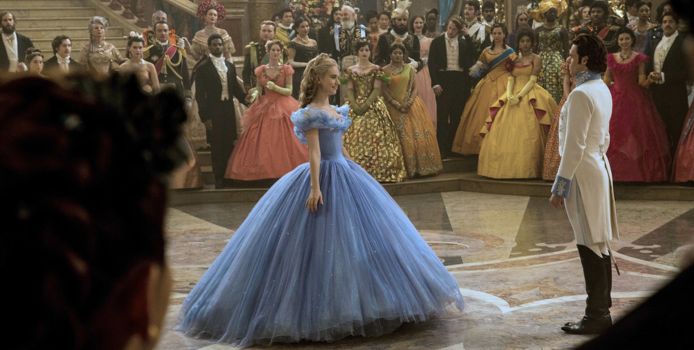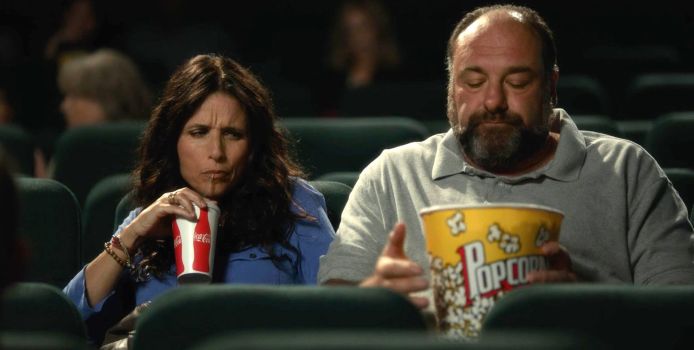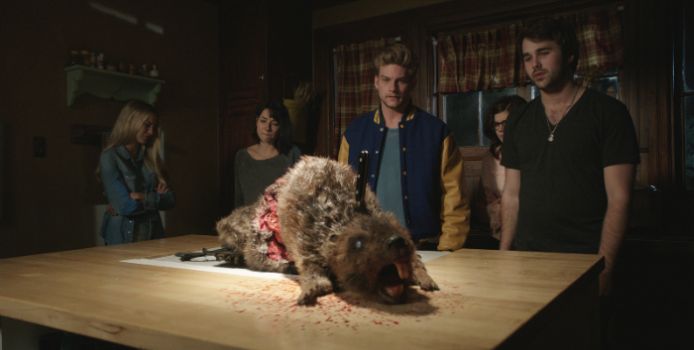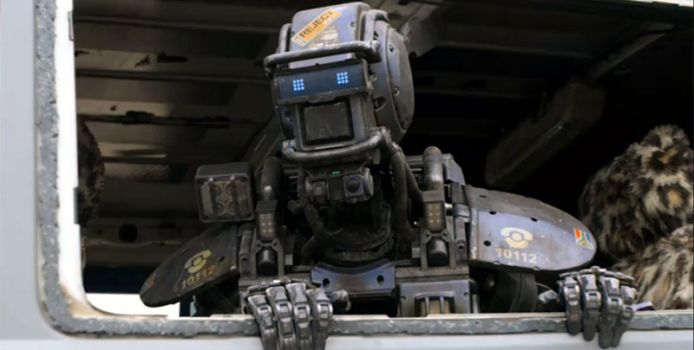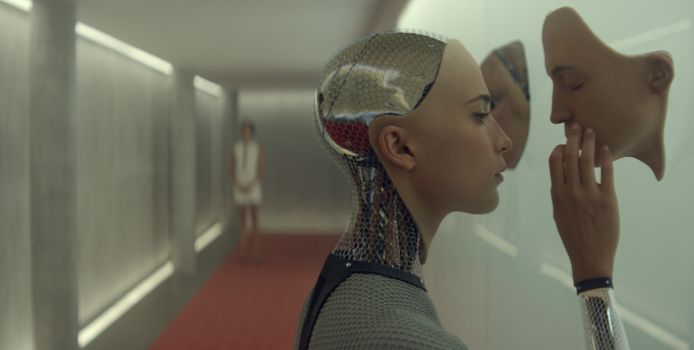
The role of technology in the 21st century is one of the most important topics of our time, and has been reflected in many of our current films. Movies such as Her, Wall-E, Minority Report, and The Matrix all delve into the possibilities of technology-obsessed society, and Ex Machina is no exception. Caleb, a young computer programmer, ventures deep into the forest to participate in a study of the human qualities of the incredibly life-like robot, Ava.
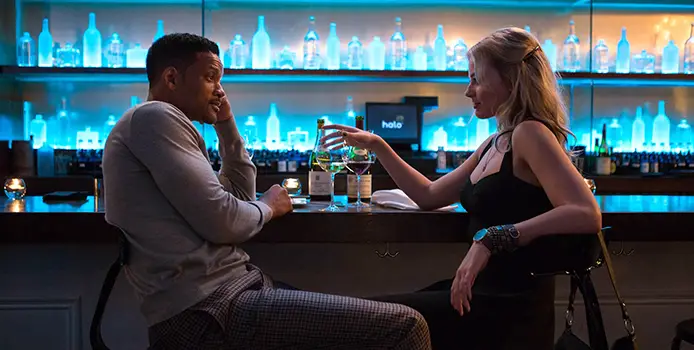
One of the worst clichés that appears in an alarmingly large number of movies is the “two kinds of people in this world” speech. In Focus, Will Smith’s suave con artist Nicky Spurgeon tells his protégé/part-time lover Jess Barrett (Margot Robbie) his version of the done-to-death cliché: there are two types of people, hammers and nails.
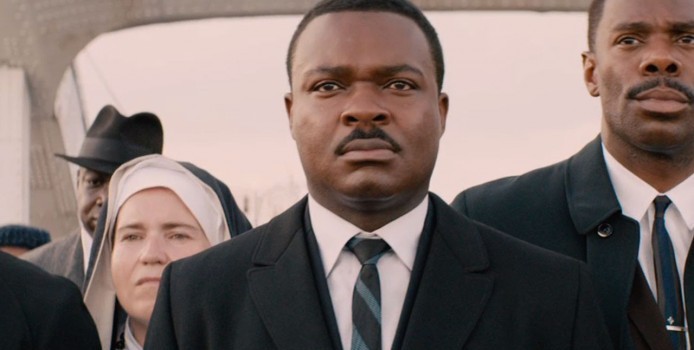
John Legend and Common’s powerful performance of Best Original Song nominee, “Glory,” and brave acceptance speech was one of the highlights of the Oscar ceremony last week. That song was a resonant soul/hip-hop combo that captured the atmosphere of its source film well: Ava DuVernay’s Selma, a historical drama about Martin Luther King and the Voting Rights Act of 1965.
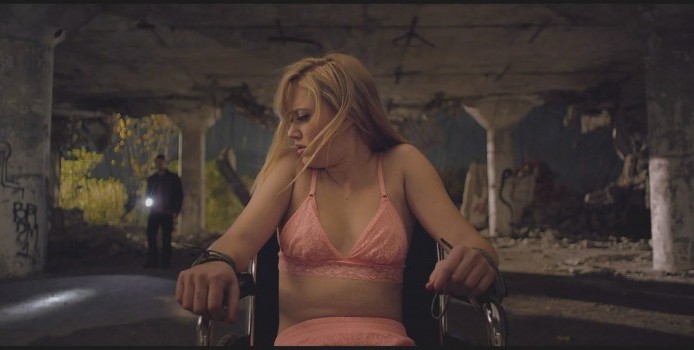
With the blockbuster success of Fifty Shades of Grey in cinemas worldwide, many pundits are claiming that this marks a new era for “sex positive” movies – and much more importantly, the basic idea of a woman being as sexually open as her male counterparts not being a source of cinematic shame, but one of pride. It has only been two decades since what I dub the “unofficial Michael Douglas misogyny trilogy” of Fatal Attraction, Basic Instinct and Disclosure hit cinemas, films that (like Fifty Shades) were successful due to their frankness of sexuality. Yet those movies were inherently misogynist in suggesting that women were mentally unstable, or just plain evil for daring to be as open about their sexuality as men.

Back in January Neill Blomkamp, the director of District 9, Elysium and the forthcoming Chappie posted online some intriguing fan/concept art for an as-yet-announced project related to the now floundering Alien franchise. The art featured some very intriguing illustrations of not only Sigourney Weaver as an almost fully evolved Ripley/xenomorph hybrid but also Michael Biehn as a battle scarred Corporal Hicks. At the time nobody knew what they were for:



